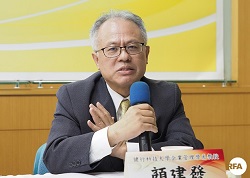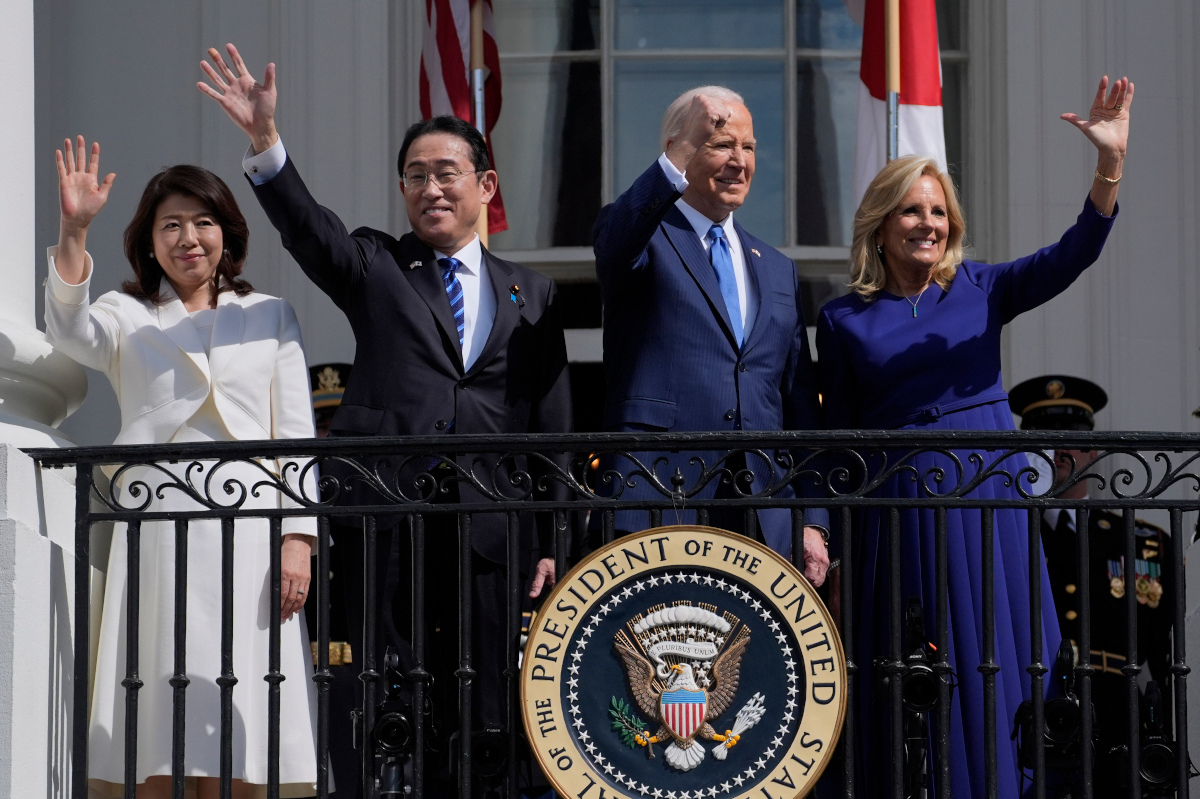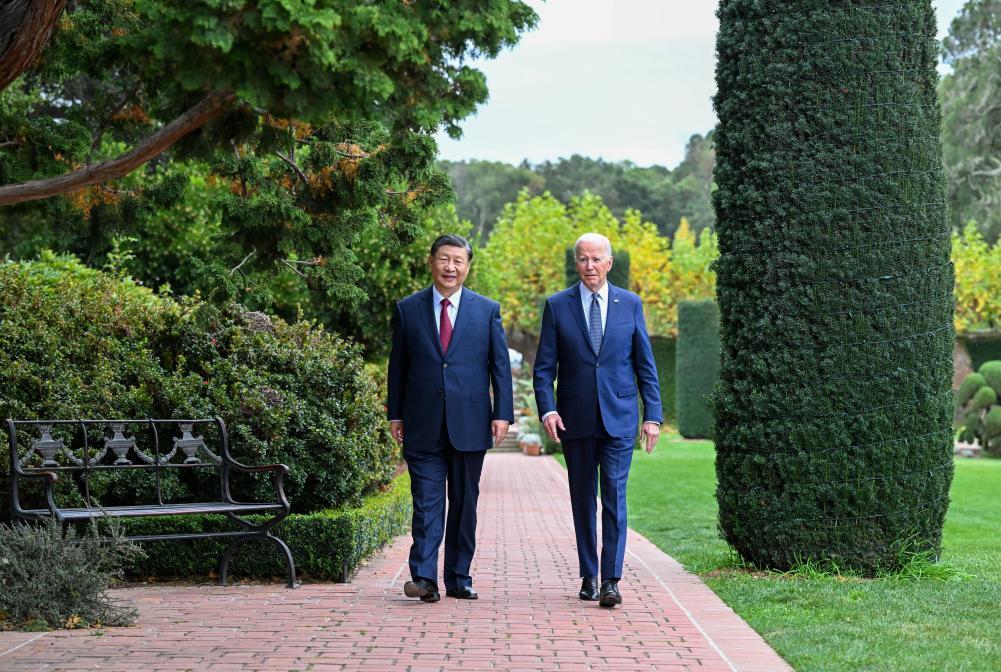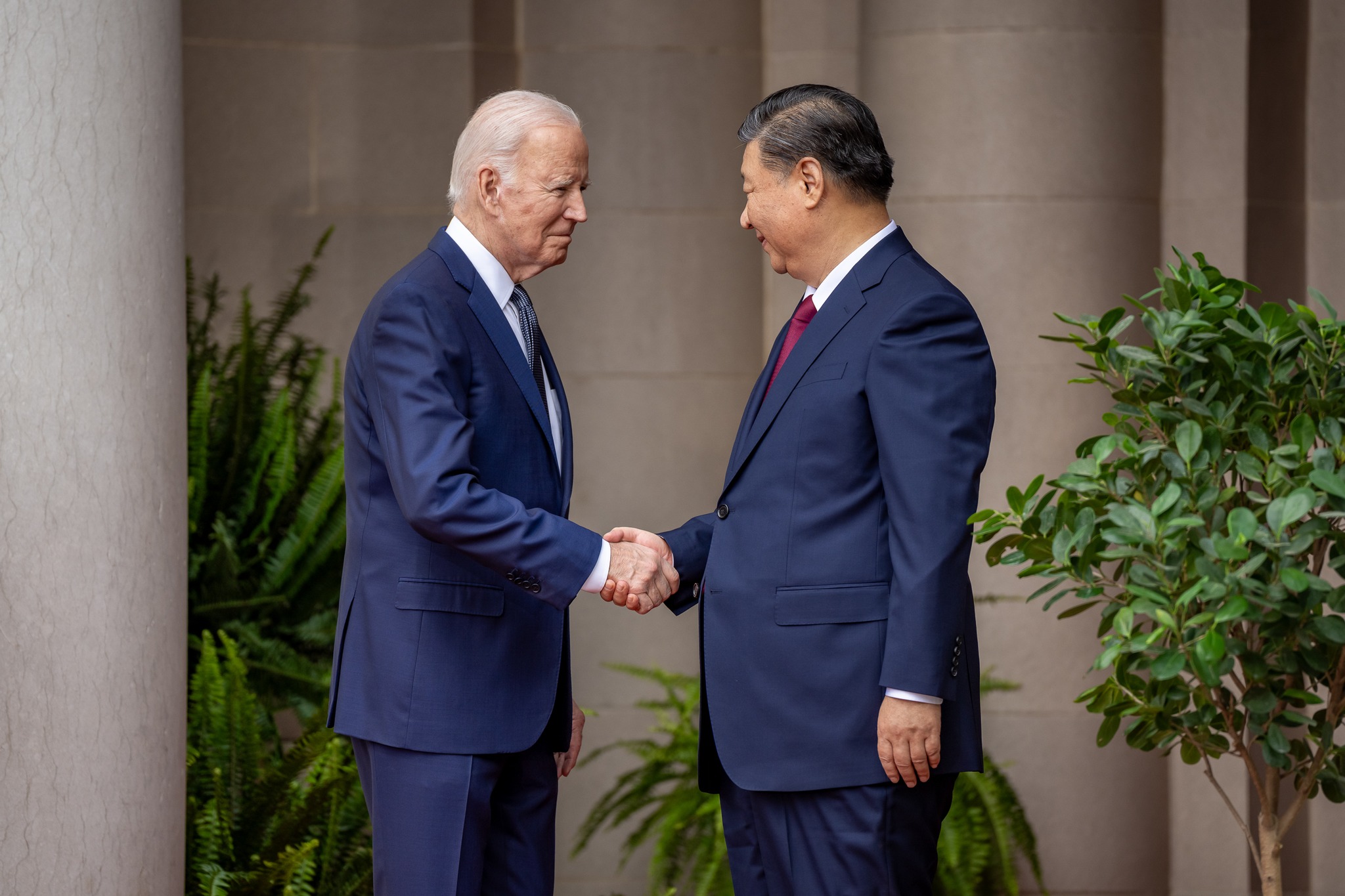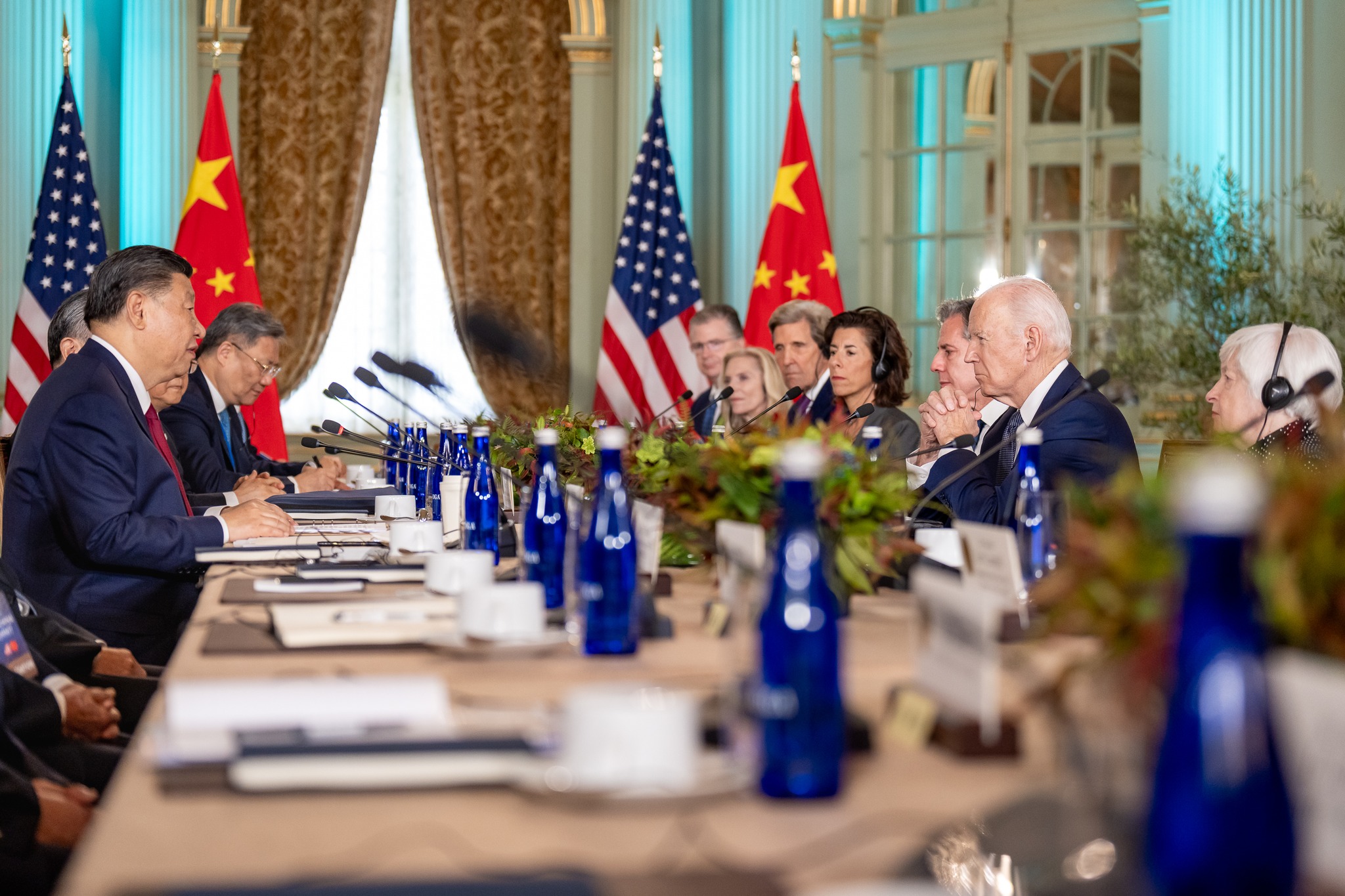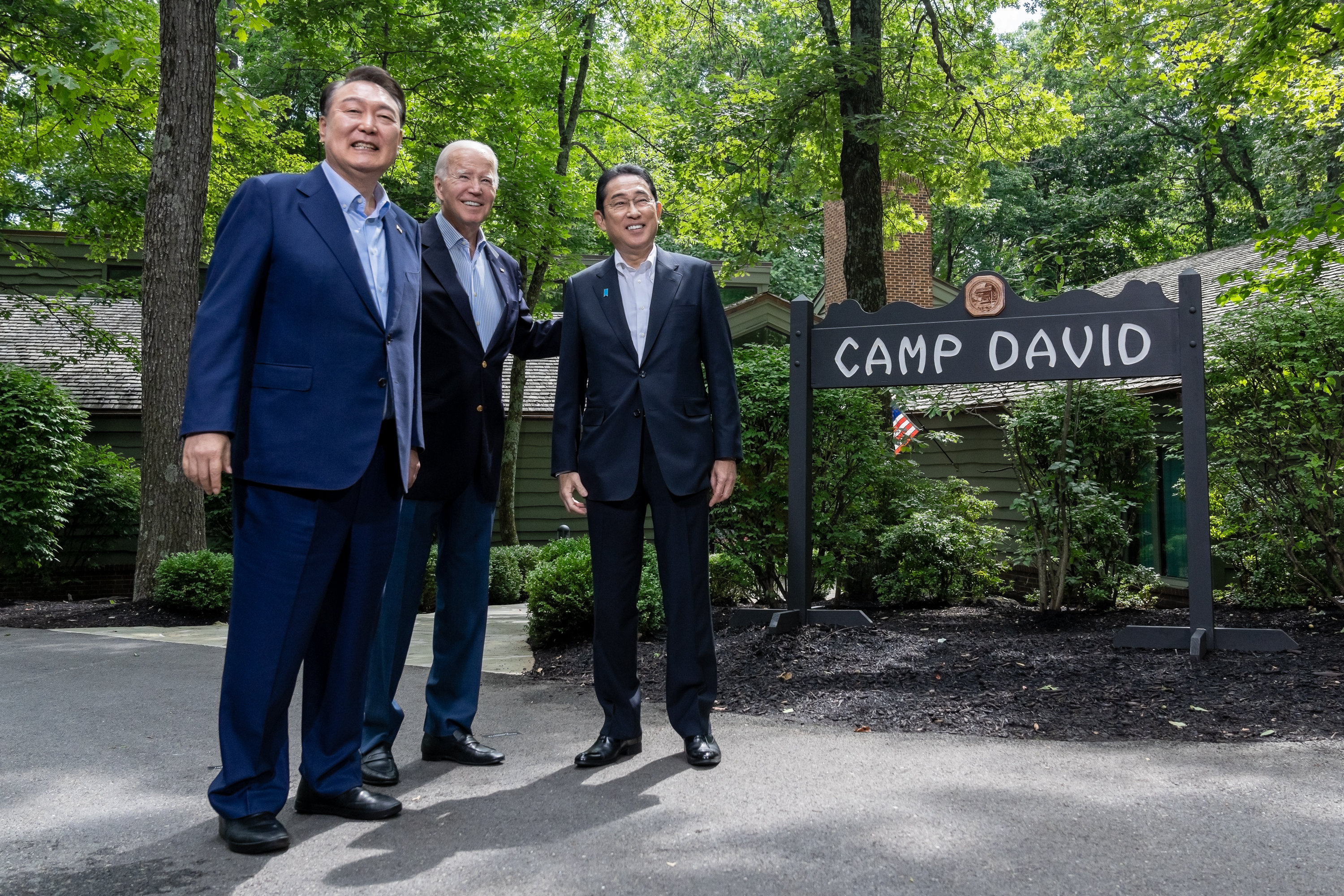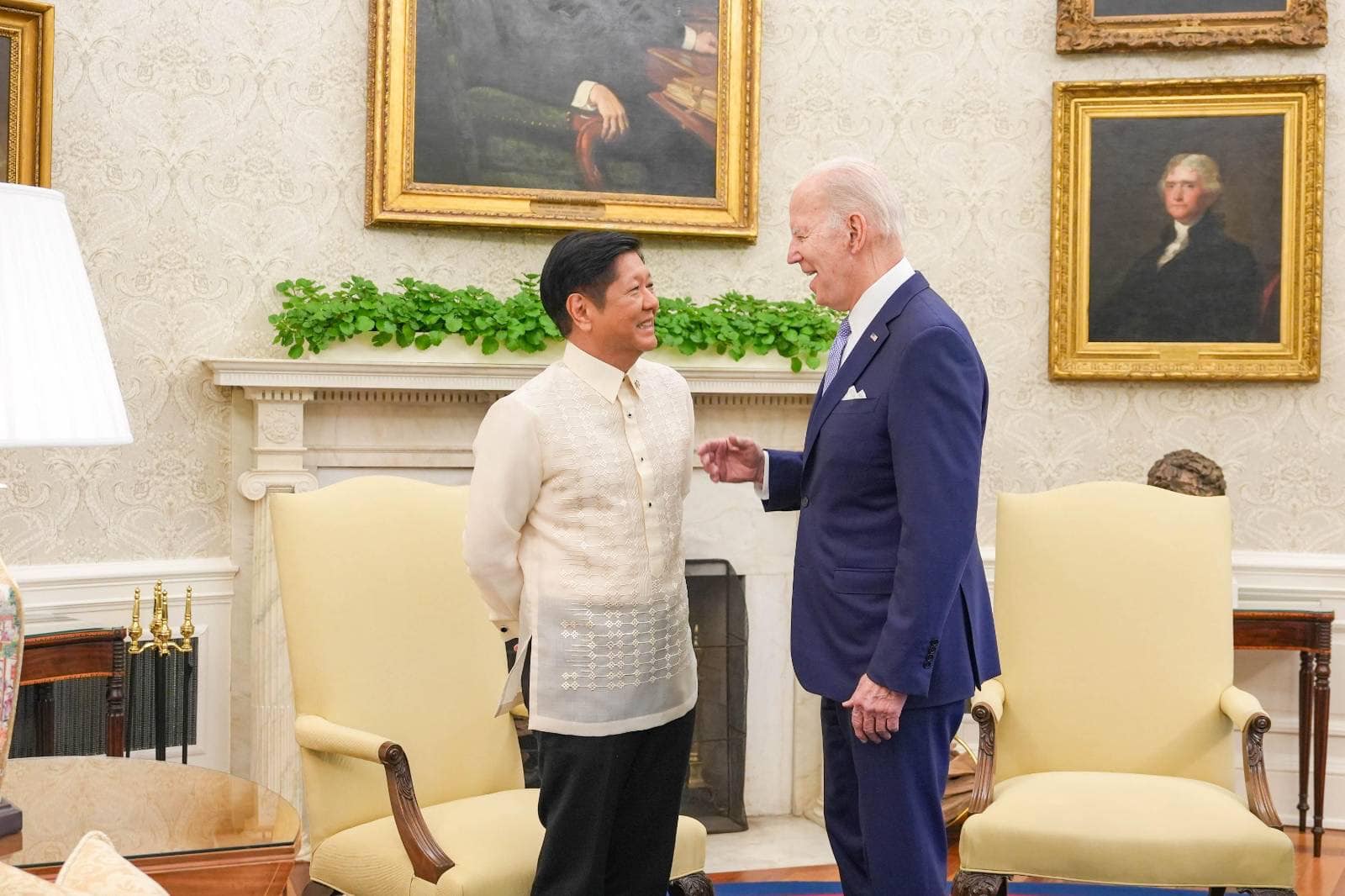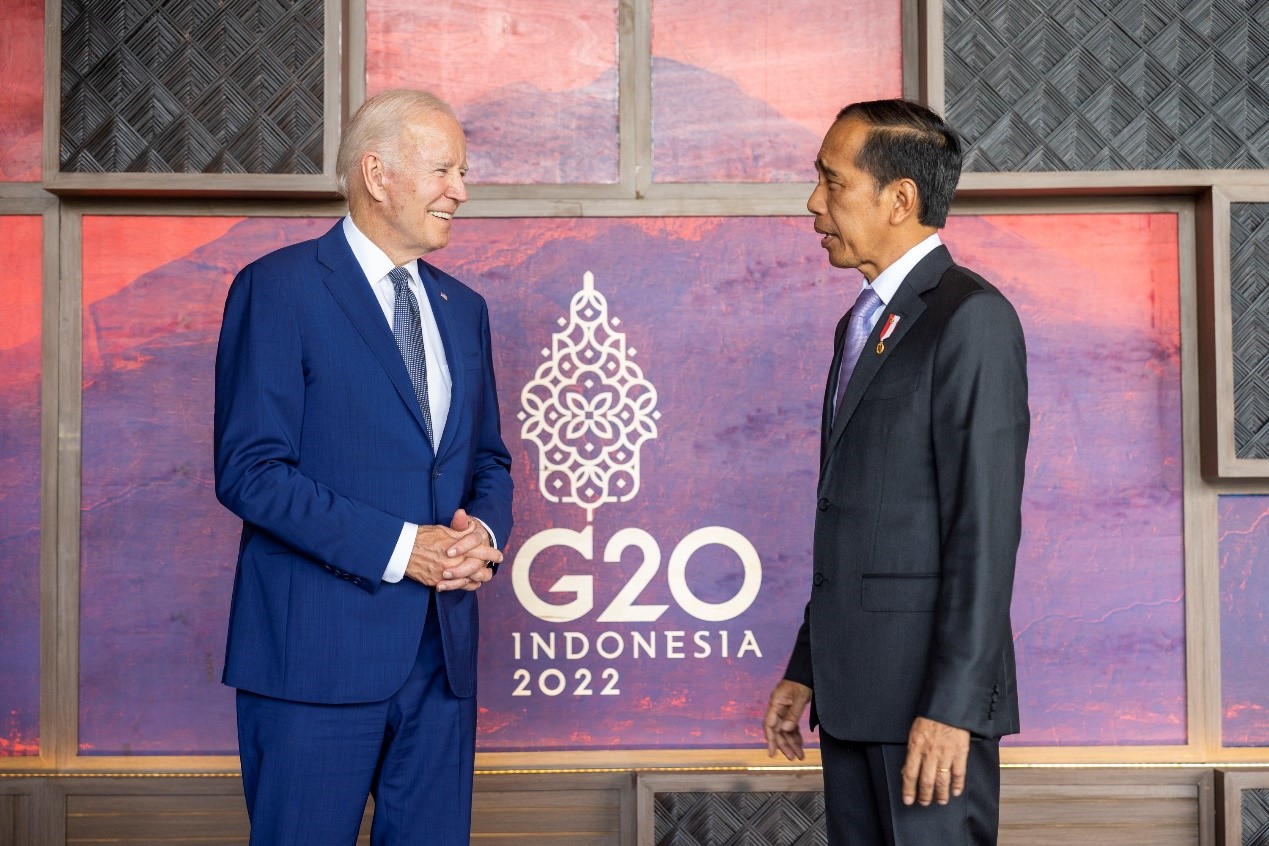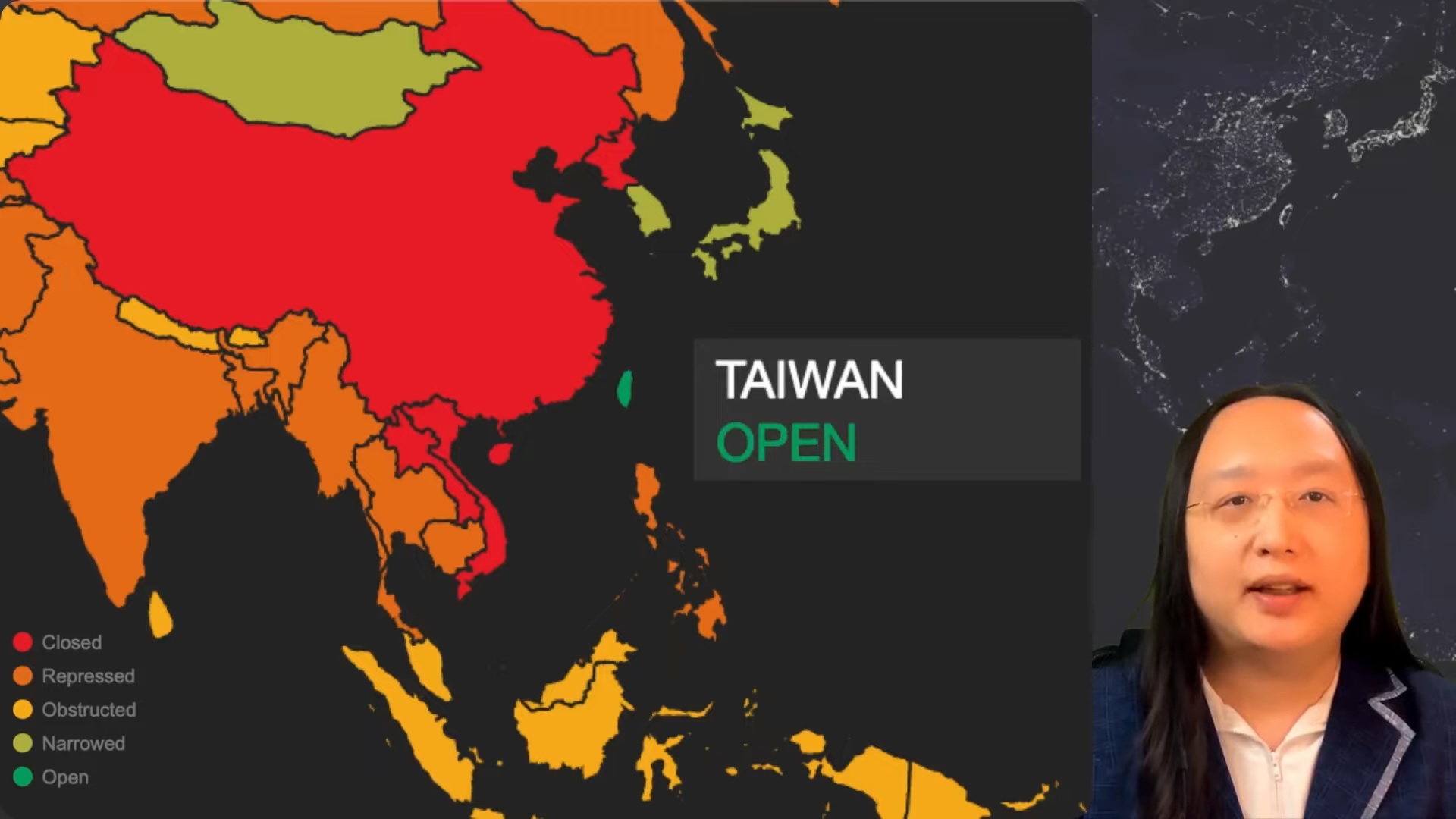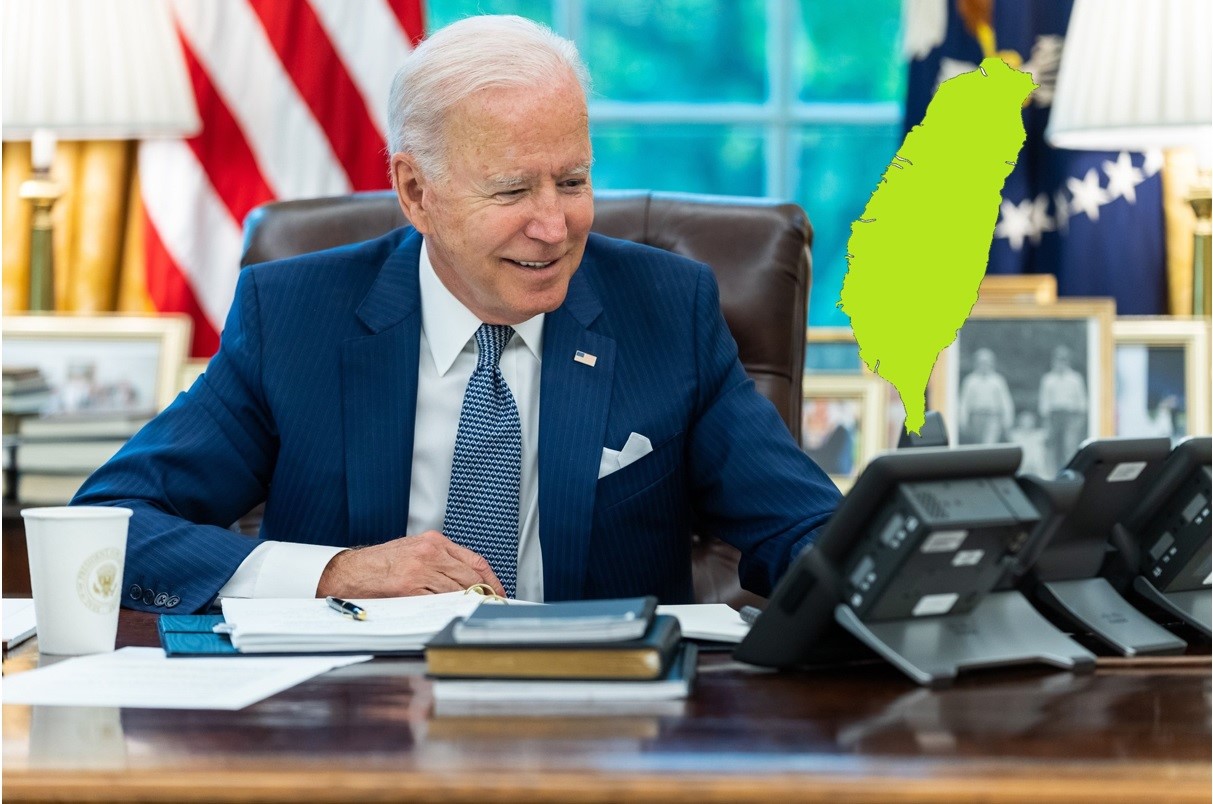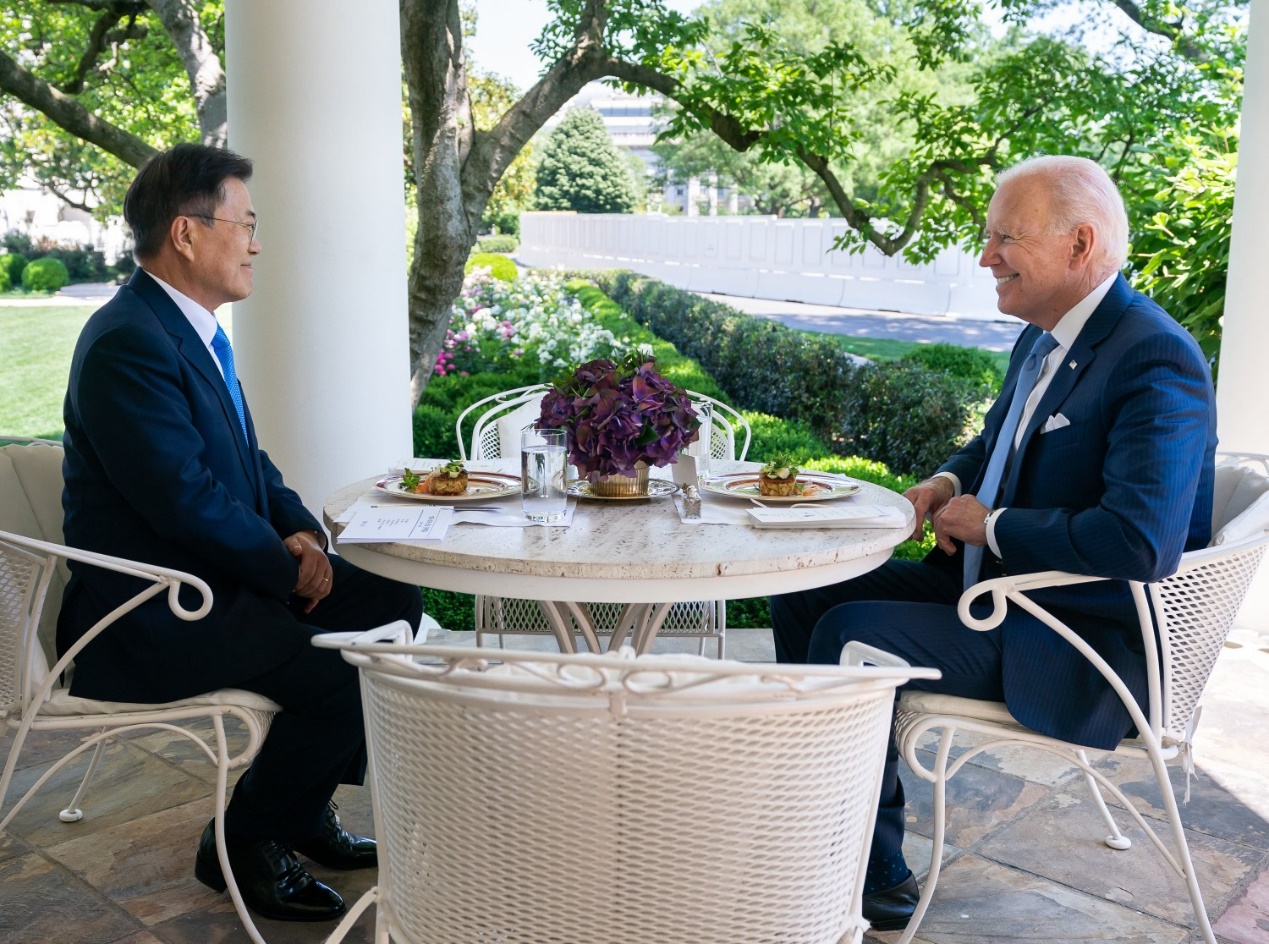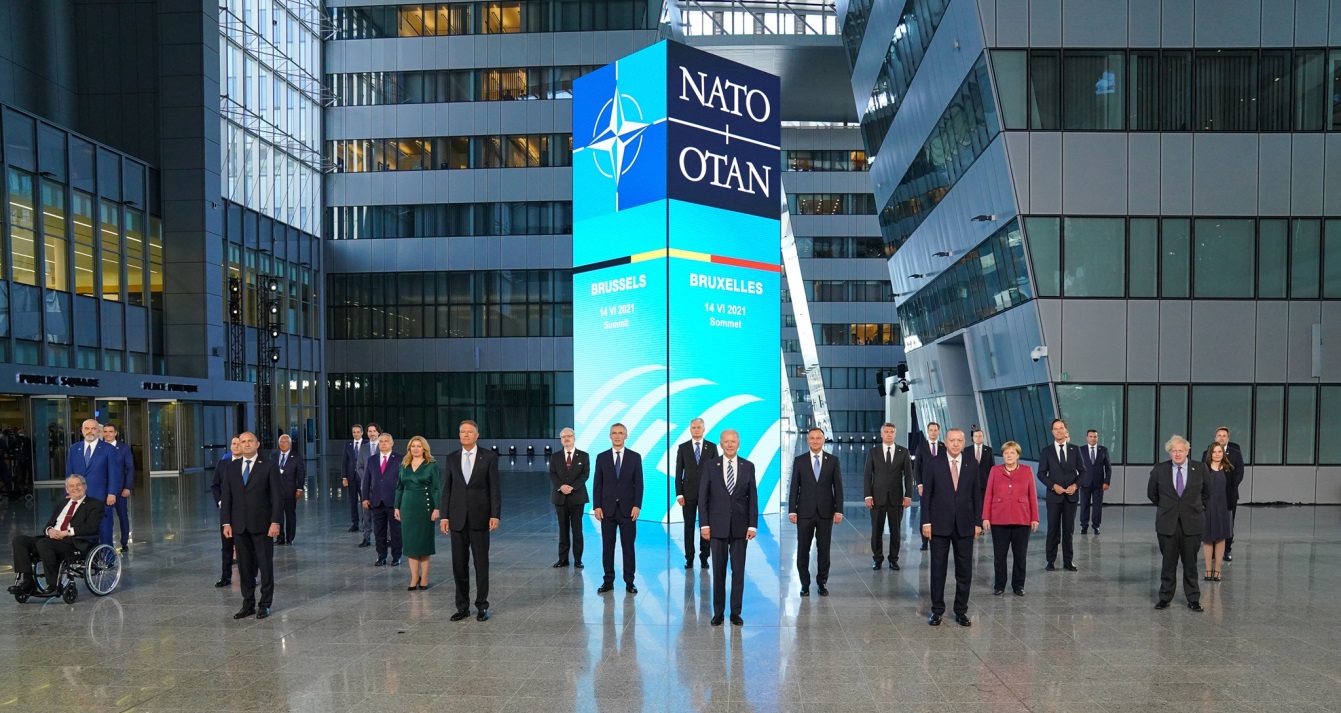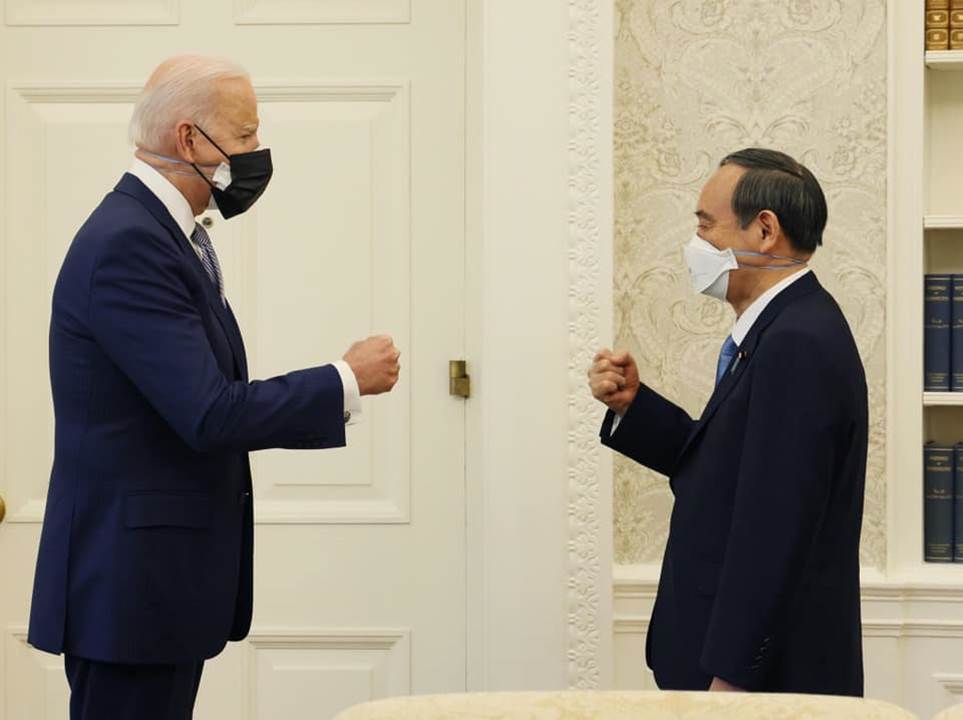The Development of Taiwan-US Relations in View of Biden’s Special Mission to Taiwan
On April 15, U.S. special envoy Chris Dodd held talks with six Taiwanese legislators from different political backgrounds. Dodd asserted that “This is the strongest moment for U.S.-Taiwan relations. The United States and Taiwan not only share economic ties, but also adhere to democratic values, and have a vital security partnership.” Picture source: Makoto Lin, Wang Yu Ching, Flickr, https://www.flickr.com/photos/presidentialoffice/51116892562/
Prospects & Perspectives 2021 No. 21
The Development of Taiwan-US Relations in View of Biden’s Special Mission to Taiwan
Jiann-fa Yan
May 11, 2021
In mid-April, US President Biden simultaneously sent special missions to the two countries either side of the Taiwan Strait, and also received Japanese Prime Minister Suga in the White House. A clear strategic blueprint has unfolded: the US and Japan agreed to fight against China and mentioned Taiwan for the first time in 52 years, endorsing their support and protection for Taiwan. No wonder that the Taiwan Strait is turning a new page in its history.
On April 15, U.S. special envoy Chris Dodd held talks with six Taiwanese legislators from different political backgrounds. At the beginning, the U.S. side directly questioned the KMT’s representatives on their views of the 1992 consensus. Such a frank, somewhat provocative, question implied a U.S. contempt and rejection of the concept. As a matter of fact, in Taiwan, the acceptance of the 1992 consensus has been fading away; the U.S. side’s questioning only accelerated its process. The reality is that the 1992 consensus has been a drag on the KMT. Dodd asserted that “This is the strongest moment for U.S.-Taiwan relations. The United States and Taiwan not only share economic ties, but also adhere to democratic values, and have a vital security partnership.”
Similarly, Biden and Suga signed a joint statement at the U.S.-Japan Summit on April 17, which stated “the importance of peace and stability in the Taiwan Strait.” Apparently, by China’s definition, the United States and Japan have formally crossed a red line drawn by Beijing. China has been challenged.
In response to the United States and Japan, a spokesman for China’s foreign ministry stated on April 17 that Taiwan and Diaoyutai are all Chinese territory, and Hong Kong and Xinjiang related affairs are purely China’s internal affairs; cross-Strait reunification is a historical process. China’s CCTV also reported that the PLA had recently conducted Combat Oriented Training in the north, east and south war zones. It clearly reveals China’s strategic intention of strongly declaring sovereignty but unwilling to escalate confrontation in action.
Although China has deployed endless military harassment against Taiwan in the past several months, for both China and the US as well as Japan, they have no internal needs or external incentives for war. For China, this year is the centenary party celebration of the Chinese Communist Party and a key year for Xi Jinping to strive for the extension of party power in 2022 at the 20th National Congress of the CCP. Maintaining internal and external stability is both the best and desirable policy. Therefore, Xi’s conducting of military exercises or military harassment against Taiwan are more of a defensive manner. In order to consolidate his power internally, Xi needs to tactically intimidate Taiwan as well as pro-Taiwan forces so as to inspire nationalistic sentiments against foreign interference in China’s internal affairs, but also avoid bringing about war. Hence, after maneuvering, Xi might skillfully turn the external pressure for internal use to fight corruption, for distributive justice, and cleaning up the financial and economic order. Xi’s tactical goals at least are to win the hearts of the people, eradicate dissidents and seek legitimacy for continued political power in 2022 and onward.
As for the United States, the most urgent issues for Biden are to rectify the weak economic vitality and chaotic social order after the epidemic, so as to lay the foundation for the Democratic Party’s mid-term elections in November 2022. At the same time, it will also take some time for him to return to the international hegemony by remedying US relations with its democratic allies, especially the EU. It seems that war is neither expected by his allies, nor is it conducive to his strategic layout of encircling China. What’s more, the United States is just trying to make China’s economy unable to “grow any longer”; it is not about destroying China. As for Japan, it has always been bandwagoning on U.S. policy.
Amid U.S.-China confrontation, the DPP government maintains a dynamic status quo and focuses on domestic affairs. In response to international affairs, the DPP government’s diplomatic strategy tends to be “Pro-U.S. and Japan, far away from China.” In fact, realistically, the most urgent issue for the DPP government is to face the coming severe challenges in the “nine-in-one” local elections in November 2022.
Generally speaking, the advantage of the Asia-Pacific region still lies in the U.S.-Japan alliance, but whether it is stable or not depends on whether China will cause trouble. In Xi’s calculation, it is not an appropriate time for China to challenge the United States and its allies to duels. China’s apparent provocation is actually psychological intimidation, at least before the end of 2022. In a word, the priority tasks in Xi’s mind are two: to successfully celebrate the centenary of the party and to continue his control of the party’s power. Therefore, a “storm in the teapot” type of stability is in Xi’s interest. Certainly, Biden administration’s Pacifism-oriented mentality has indirectly induced China to take a violent strategy toward the United States and the free world.
The tension in the Taiwan Strait will be escalated and turned into a new normal. At least, before Xi wins the power before late 2022, Beijing will keep drawing red lines to independence advocates on one hand, and offering incentives to pro-unification Taiwanese on the other hand. Nevertheless, such a CCP’s Taiwan policy has become increasingly far away from the actual order; and the red lines are no longer effective. An irreversible fact is that located at the axis of the First Island Chain, Taiwan has gradually been incorporated into U.S.-Japan systems technologically, militarily, socially, and ideologically. Chinese leaders will be set a dilemma: losing Taiwan in the puzzle of Chinese dream for a while longer or triggering a war, and repeating the Qing Dynasty’s defeat by the Eight-Nation alliance in 1900.

